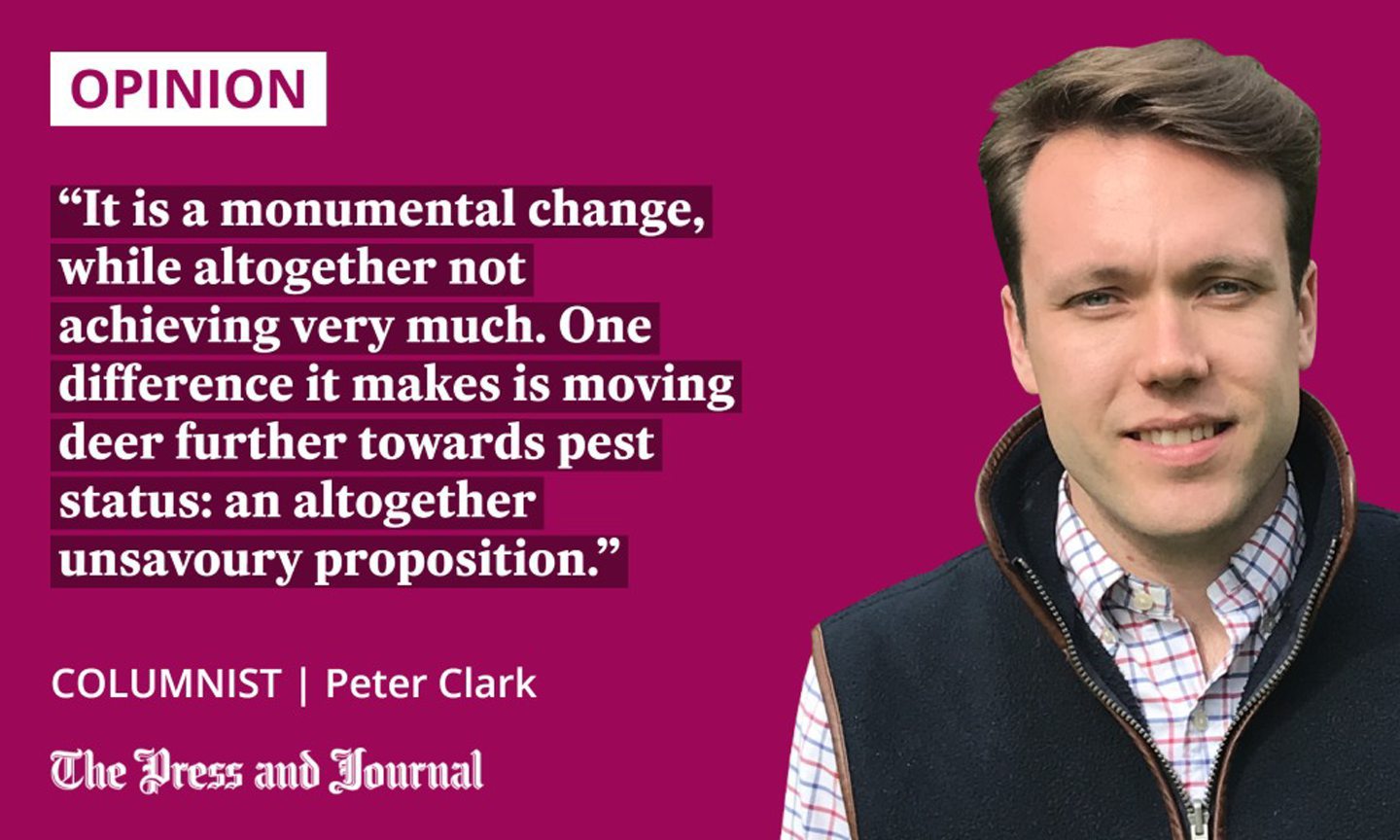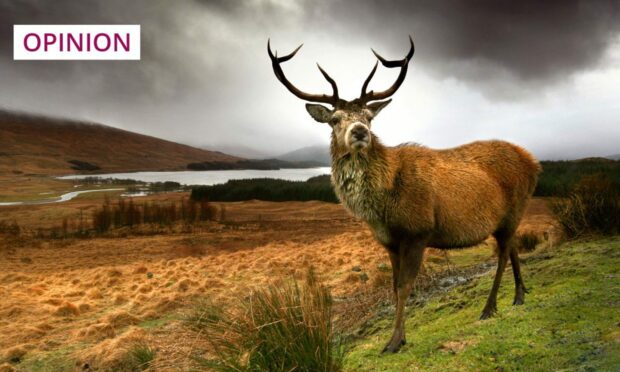The Scottish Government has removed the closed season for male deer, meaning they can now by culled throughout the year.
The objective is to bring the high deer population under control – a bold move. However, the British Association for Shooting and Conservation believe it could have the opposite effect.
Scotland has a deer population problem. Recent estimates suggest there could be up to 400,000 red deer in Scotland, and it is thought, with the inclusion of roe, fallow and sika, that there could almost be one million deer in total.
Nevertheless, the problem is not universal; different regions of Scotland have unique challenges, pertaining to different species. There are few who would disagree that more needs to be done to ensure action can be taken in those problem areas.
Any changes to legislation must be targeted, evidenced and effective. Yet, the removal of the male deer closed seasons fails to meet all these criteria.
To control the numbers of deer, the target cull must be aimed at females. It is the female population that gives birth to more deer and, subsequently, grows the herd.

During the worst of the Covid-19 pandemic, with restrictions on movement, the female cull became harder to achieve, and, in certain areas, the population increases have been dramatic. Targeting male deer will bring the population down individually but, as one male deer can impregnate several dozen females, you will still see more young deer born.
The key to any sort of effective deer management is to strictly control the number of females within the population. Increasing the season for male deer will have little impact.
Removing barriers to allow deer managers to cull more male deer may have some localised benefits, although in many scenarios – such as protecting crops – the control of deer out of season is already covered by the General Authorisation.
The General Authorisation already allows the shooting of male deer in the close season to prevent damage to crops, pasture, enclosed woodland and so on. There is no need for an owner or occupier to apply for an individual authorisation, apart from in limited exceptions.
BASC feels that the removal of the close season will have no real impact upon the numbers of male deer shot in Scotland, since the General Authorisation allows the year-round culling of male deer when they are causing problems.
In our response to the recent stakeholder consultation, we said that the focus from NatureScot, landowners and shooting organisations must remain on culling females and maintaining the management plan.
A blanket cull is not best for deer or for Scotland
The legislative altering of dates will be the first since 1959. It is a monumental change, while altogether not achieving very much. One difference it makes is moving deer further towards pest status: an altogether unsavoury proposition.
Deer, in particular red deer, are a symbol of Scotland, the majestic Highlands and the endless wilderness. A blanket cull approach reduces these impressive species.
For many, especially those commercially selling the shooting of male deer, the proposal will not change their established management plan. For instance, on the highly successful BASC Arran stalking scheme, the decision has already been made to keep dedicated stag weeks for members from August to September, and hind (female deer) weeks from November to February. The choice will ultimately be up to each management planning team, according to the situation and species.
NatureScot and the Scottish Government need to involve those on the ground when making decisions
Alongside removing the closed season for male deer, NatureScot has also introduced some more tangible measures to help control deer. These include opening up the use of night vision, and changing the minimum weight of a bullet for controlling deer, which will allow for the use of non-lead ammunition. BASC welcomed these changes as they will make a difference.
Looking further ahead, the Scottish Government plans to bring forward further changes to deer management in the current parliamentary term, based on the independent Deer Working Group’s 99 recommendations.
Moving forward, NatureScot and the Scottish Government need to involve those on the ground when making decisions: failing to do that will only lead to further issues.
Peter Clark is public affairs manager for the British Association for Shooting and Conservation (BASC) in Scotland

